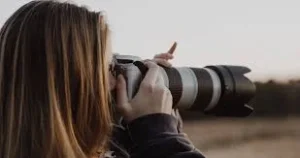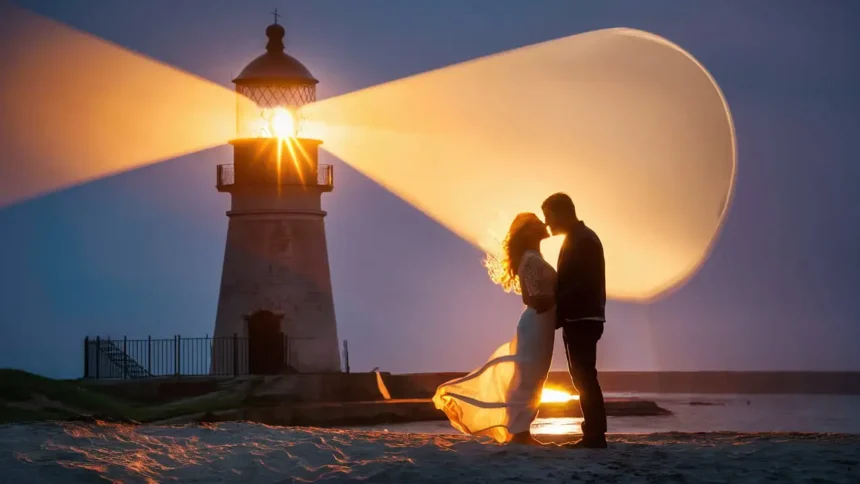photeeq lens flare
Lens flare is one of those magical yet polarizing phenomena in photography. It’s that ethereal burst of light, often seen as colorful streaks or halos when a bright light source hits the lens at just the right angle. Some photographers embrace it for its ability to add drama and creativity, while others aim to avoid it like the plague. But what if we told you that embracing photeeq lens flare could elevate your images? Whether you’re shooting landscapes, portraits, or urban scenes, understanding this fascinating effect can significantly enhance your photographic journey. Dive into the world of lens flare with us—discover its history, how to achieve it creatively, and tips for using editing techniques to make it work for you!
What is Lens Flare?
Lens flare occurs when bright light sources interact with your camera lens, creating unexpected and striking visual effects. This phenomenon often presents itself as glimmers or streaks of light that can add an artistic touch to photographs.
The effect typically appears during outdoor photography, especially under direct sunlight. It’s the result of internal reflections within the lens elements as well as scattering of light.
While some photographers see it as a flaw, others view it as an opportunity for creativity. Lens flare can introduce warmth and atmosphere into an image, transforming ordinary scenes into something captivating.
Different lenses produce varying types of flares—some softer and more diffused, while others are bold and colorful. Understanding this element opens up new avenues for expression in your photographic work.

The History of Lens Flare in Photography
Lens flare has a fascinating history that dates back to the early days of photography. The phenomenon first caught the attention of photographers in the 19th century. As technology evolved, so did the understanding of light interactions with lenses.
In its infancy, lens flare was often seen as an unwanted artifact. Photographers would struggle against this glare when shooting directly into bright light sources. They sought ways to minimize it, employing hoods and specialized filters.
However, by the late 20th century, creative minds began to embrace lens flare’s aesthetic potential. It became a hallmark of cinematic storytelling and artistic expression. Directors and photographers recognized how it could evoke emotion or create drama within their work.
With advancements in digital photography software today, artists have greater control over lens flare effects than ever before, allowing them to craft unique visuals with ease.
Common Causes of Lens Flare
Lens flare often occurs when bright light sources hit the lens directly. This can happen in various scenarios, like shooting towards the sun or a strong artificial light.
Reflections within the lens elements contribute to this phenomenon. When light bounces between glass surfaces, it creates unique artifacts and halos that are characteristic of flare.
Shooting with wide apertures increases susceptibility to lens flare. The wider opening allows more light to enter, making flaring more pronounced, especially against dark backgrounds.
Using low-quality lenses can also heighten lens flare effects. Cheaper optics may lack coatings designed to reduce glare and reflections.
Positioning is key; even slight changes in angle can lead to unexpected flares appearing in your shots. Awareness of these factors will help you manage how they manifest in your photography adventures.
How to Achieve Lens Flare in Your Photos
Achieving lens flare in your photos can add a touch of magic and warmth. Start by positioning your camera toward a strong light source, like the sun or bright artificial lights.
Experiment with angles; slight adjustments can drastically change the flare effect. The best flares often occur when you shoot against the light, allowing it to scatter through your lens.
Use lenses with wide apertures for more pronounced flares. A prime lens is ideal since they tend to produce unique optical effects.
Consider shooting during golden hour when sunlight is softer yet vibrant. This time creates dreamy visuals and enhances natural color saturation.
Don’t shy away from obstructing some light using objects within your frame—like branches or buildings—to create interesting compositions that include beautiful lens flare elements.
Tips for Using Lens Flare Creatively
Experiment with positioning. Move the light source around your subject to discover unexpected effects. Sometimes, a slight shift can change everything.
Play with angles. Tilting your camera or adjusting the lens direction can create dynamic flares that enhance your composition.
Incorporate elements in the foreground. Use branches, leaves, or even people to frame the flare and add depth to your images.
Pair lens flare with strong silhouettes for striking contrasts. This combination draws attention while maintaining an artistic edge.
Consider color balance carefully when using lens flare. Warm hues often evoke emotion and invite viewers into the scene.
Don’t shy away from post-processing adjustments if necessary. Enhance existing flares or introduce new ones digitally for a fresh perspective on creativity.
Editing Techniques for Enhancing or Removing Lens Flare
Editing lens flare can be a game-changer in your photography. Whether you want to enhance its beauty or remove it entirely, there are effective techniques to consider.
For enhancement, start by adjusting the brightness and contrast of the flare itself. Use tools like layer masks in software such as Photoshop to selectively brighten or colorize the flares for added drama.
If removal is your goal, utilize the clone stamp or healing brush tools. These allow for precise edits around unwanted spots without compromising surrounding details.
Another method involves using adjustment layers. You can easily manipulate colors and tones while maintaining control over your original image’s integrity.
Don’t forget about filters! Many editing programs offer specific options designed to soften or adjust lens flare effects seamlessly. Experiment with these features until you achieve that perfect balance between artistry and clarity.
Conclusion: Embracing the Beauty and Versatility of Lens Flare
Lens flare can be a polarizing effect in photography. Some view it as an unwanted distraction, while others see it as a beautiful enhancement to their images. By understanding its origins and causes, you can harness its power effectively. Whether you’re aiming for that ethereal look or simply want to experiment with creative techniques, lens flare offers endless possibilities.
Embracing the beauty of lens flare requires practice and experimentation. With tools like Photeeq at your disposal, manipulating light becomes easier than ever. You have the chance to transform ordinary shots into captivating visuals that tell a story.
As you navigate through different environments and lighting conditions, remember that every image is unique. Don’t shy away from imperfections; sometimes they create the most striking effects. Use editing software wisely if you wish to enhance or minimize lens flare in post-processing.
Lens flare invites photographers to push boundaries and explore new artistic avenues. Allow yourself the freedom to play with this technique and discover how it can elevate your work—each photo could become not just an image but also an expression filled with emotion and creativity.





